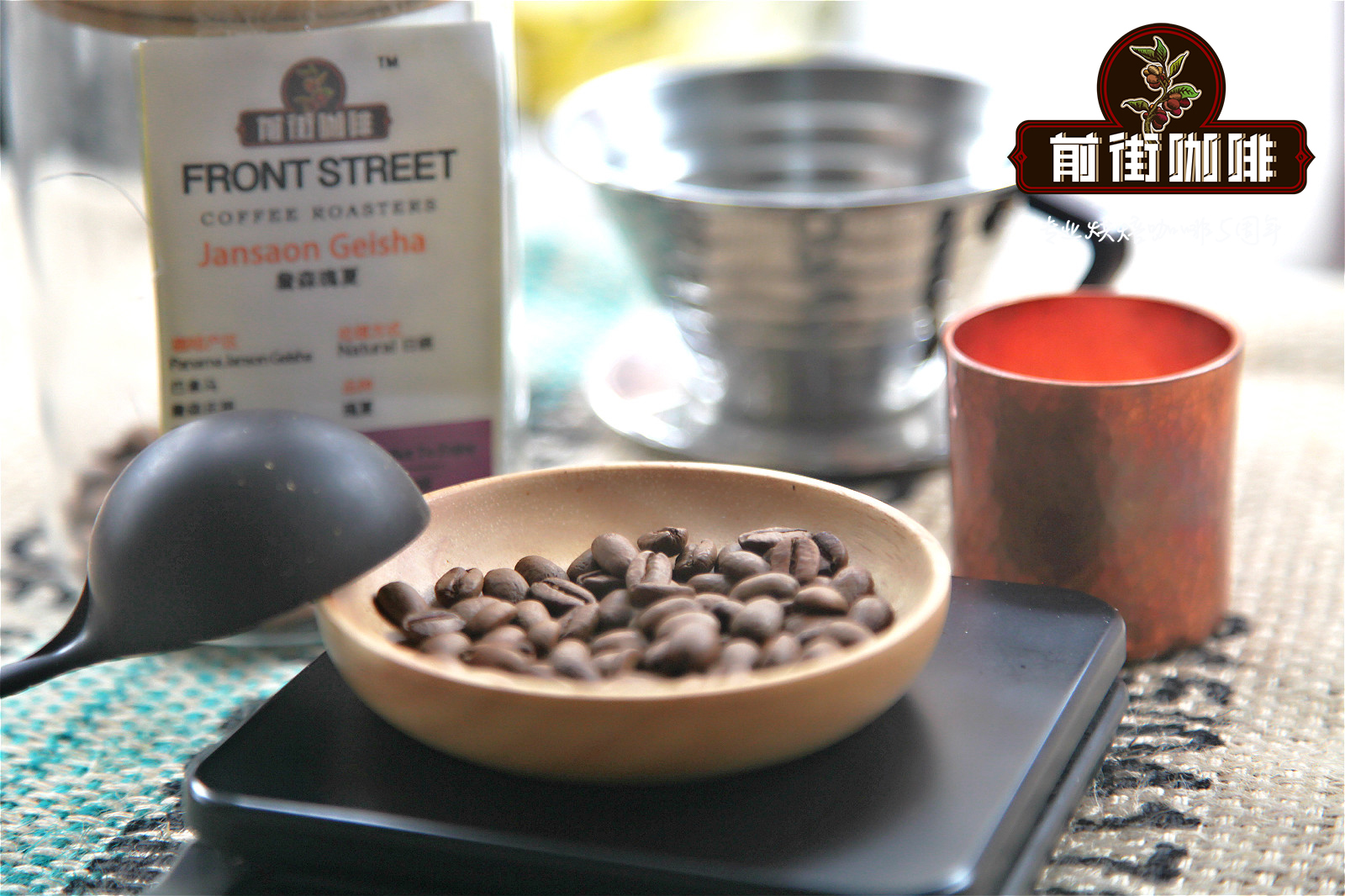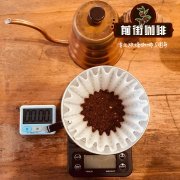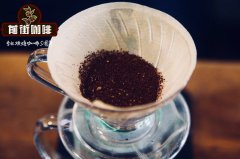What coffee beans are used in different hand pots _ mainstream hand brewing coffee beans recommended _ how to taste hand brewed coffee

Professional coffee knowledge exchange more coffee bean information please follow the coffee workshop (Wechat official account cafe_style)
When we drink tea, what we drink is actually the variety, the place of origin, and the flavor nurtured together with the farmer tea maker. Of course it's the same with coffee. When we drink lattes, American coffee and espresso, what we drink is actually the flavor bred and given to coffee beans by varieties, places of origin, and farmers.
These flavors are valuable, you know, not all coffee can present elegant and comfortable malic acid, and not all coffee can give us a pleasant flavor of nuts, toffee and chocolate.
Apart from the drinks extended by espresso, is there any other way to enjoy such a precious product? Yes! And it's simple! That's hand-made coffee!
♢ how to correctly taste a cup of hand-made coffee ♢
First of all, we must understand the basic taste of coffee:
● acid: there must be! Fruit acid can make coffee lively, light and rich. But what we hope to drink is the acid of fruit, such as the acid of apples, lemons and peaches. What I don't want is vinegar-like acidity.
● sweetness: the sweetness of coffee is not the sweetness of sugar, but the combination of caramel sweetness and caramel-like aroma.
● bitter: there is bitterness in all coffee, but we don't want to drink too much bitterness (no is the best). Bitterness increases with the degree of roasting. If you like coffee beans that are slightly roasted, we hope to drink bitterness that will "melt" rather than taste like "charred", "carbon" and "smoke".
● aroma: this is the most precious and delicate treasure of coffee. If there are no recognizable and clear flavor characteristics, there is no need to choose this kind of coffee, because it is no different from other coffee!
● balance: for me, the sense of balance is very important. Basically, it can be said that it is the synthesis of all feelings. It must be sour (but not too bitter), sweet, not too bitter, comfortable taste and pleasant aftertaste. All in all, it should be pleasant to drink as a whole.
♢ as mentioned in the previous article, the production method of hand-brewed coffee is very simple, basically according to the powder-to-water ratio at 1:15, the water temperature is 90-93 degrees, first wash filter paper, then cloth powder, finally brew, drip filter, out of the cup, the total time is controlled in 2.5min. The grinding scale is not mentioned here because there are differences in grinding thickness between different brands of bean grinders, so it is impossible to give a unified value.
So let's see how changes in various parameters affect the flavor of a cup of hand-brewed coffee:
As the grinding particles become finer, the bitterness, alcohol thickness and irritation of coffee will increase accordingly, thus reducing the acidity; the higher the water temperature will increase the acidity, bitterness, alcohol thickness and irritation together; the effect of brewing time on acidity, bitterness and alcohol thickness is not significant, but the irritation will increase with time.
What kind of hand flushing pot is the best?
Over the past few years, hand-brewed coffee seems to have died, but I still want to briefly compare some of the most popular methods of making coffee by hand.
Batch brewed coffee is of stable quality and is generally more fully extracted and much better than other traditional drip-filtered coffee. However, this is not suitable for family baristas, cafes or restaurants with a daily turnover of less than 100 cups, or just cafes that sell expensive coffee.
Hand pots can be roughly divided into the following categories: conical pots (such as V60, Melitta), flat-bottomed pots (such as Kalita), and "soak-release" pots (such as Clever) each has its own advantages and disadvantages.
Conical pot (V60, Melitta, etc.)
The biggest advantage of the tapered pot is that when the filter bowl is the right size, the barista can quickly pour in the remaining hot water at one time after pre-brewing. Compared with pouring hot water in stages, pouring water at one time can ensure the temperature of the water and avoid the sharp taste of coffee.
Using V60 pot to pour water periodically to make coffee, the taste of coffee is sour, which is due to the low water temperature in the extraction process.
Many baristas complain that customers don't like sour coffee, and they also try to "educate" these customers. However, customers don't like it because the coffee is really sour! Bright, red wine-like sour taste is good, but no one will like the sour taste!
Flat bottom pot (Kalita)
The greatest advantage of Kalita is that its extraction is very uniform. However, it is relatively small, only a small amount of coffee can be made at a time, and water should be poured periodically. Of course, this problem is also a common problem faced by other small hand pots.
There is a gap in the folding filter paper in the Kalita coffee pot, which will leave some coffee powder when brewing coffee.
Soak-release pot (Clever)
The method of operation is as follows:
1. Choose the right proportion of coffee powder and water.
two。 Pour 94 ℃-95 ℃ hot water to make sure all coffee powder is soaked quickly.
3. Pour all the water into it and stir slightly.
4. Close the lid.
5. Open the lid after the customized time (2 or 3 minutes), stir to make sure there is no coffee powder glued to the filter paper, and then place the coffee pot on the coffee cup to allow the coffee liquid to flow into the cup.
Yes, it's that simple! Compared with other hand pots, Clever is more like a soaking pot, so there is no need for pre-brewing. Even a novice, with a little training, can make more than 80 points of coffee in 5 minutes with reference to the proportioned time, water temperature, powder weight and grinding parameters.
END
Important Notice :
前街咖啡 FrontStreet Coffee has moved to new addredd:
FrontStreet Coffee Address: 315,Donghua East Road,GuangZhou
Tel:020 38364473
- Prev

How do you usually drink coffee by hand? which kind of coffee beans are better? how to make coffee by hand at home?
Professional coffee knowledge exchange more information about coffee beans Please follow the coffee workshop (official Wechat account cafe_style). In recent years, cafes have sprung up everywhere in China. As hand-brewing coffee can greatly reflect the personalization of hand-made coffee, tasting a good cup of hand-brewed coffee is still like tasting a cup of high-quality red wine. Now in Yangcheng, hand-brewing coffee classes are becoming more and more popular. If you
- Next

Hand brewed coffee beans hand brewed coffee beans what does it mean_hand brewed coffee introduction method recommended_how to brew hand brewed coffee beans
Professional coffee knowledge exchange More coffee bean information Please pay attention to coffee workshop (Weixin Official Accounts cafe_style) If you want to make a cup of hand-brewed coffee, you need at least: 1. A hand-brewed pot 2. A filter bowl 3. As a consumable filter paper, temperature machine, weighing 4. Sharing pot 5. Coffee beans and bean grinders So in the face of Taobao's wide range of appliances, what should I buy?
Related
- Beginners will see the "Coffee pull flower" guide!
- What is the difference between ice blog purified milk and ordinary milk coffee?
- Why is the Philippines the largest producer of crops in Liberia?
- For coffee extraction, should the fine powder be retained?
- How does extracted espresso fill pressed powder? How much strength does it take to press the powder?
- How to make jasmine cold extract coffee? Is the jasmine + latte good?
- Will this little toy really make the coffee taste better? How does Lily Drip affect coffee extraction?
- Will the action of slapping the filter cup also affect coffee extraction?
- What's the difference between powder-to-water ratio and powder-to-liquid ratio?
- What is the Ethiopian local species? What does it have to do with Heirloom native species?

